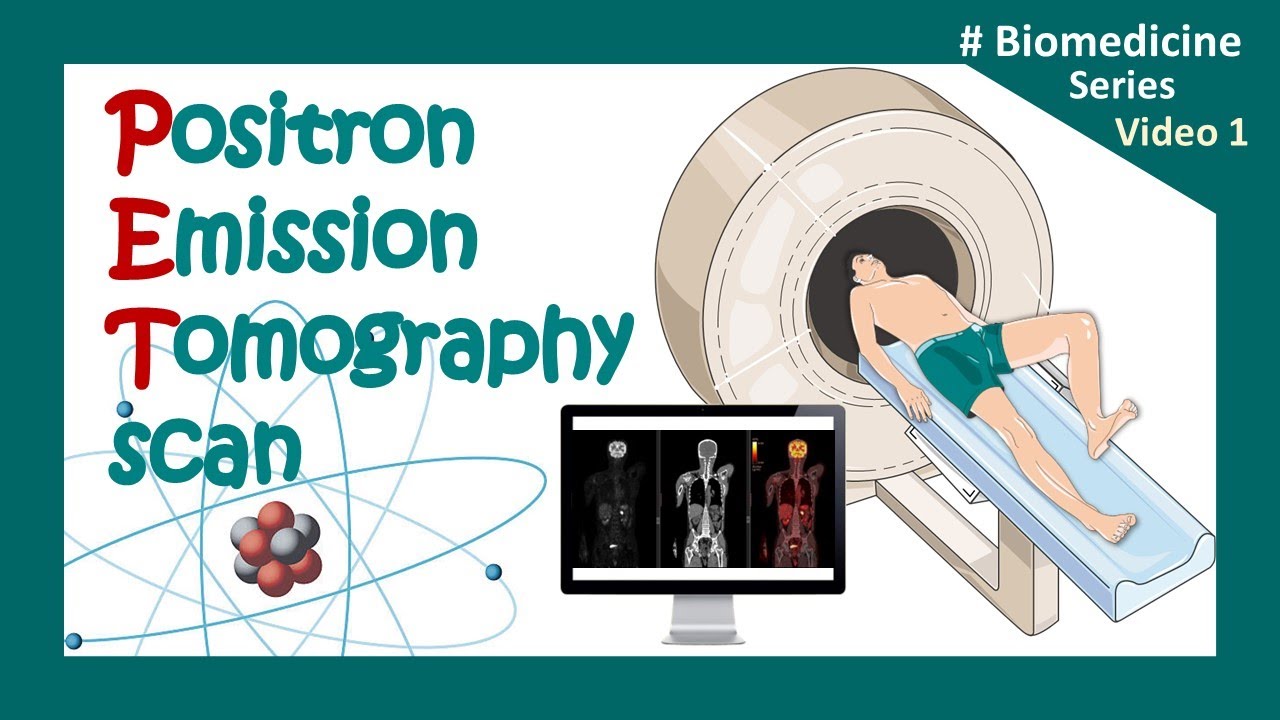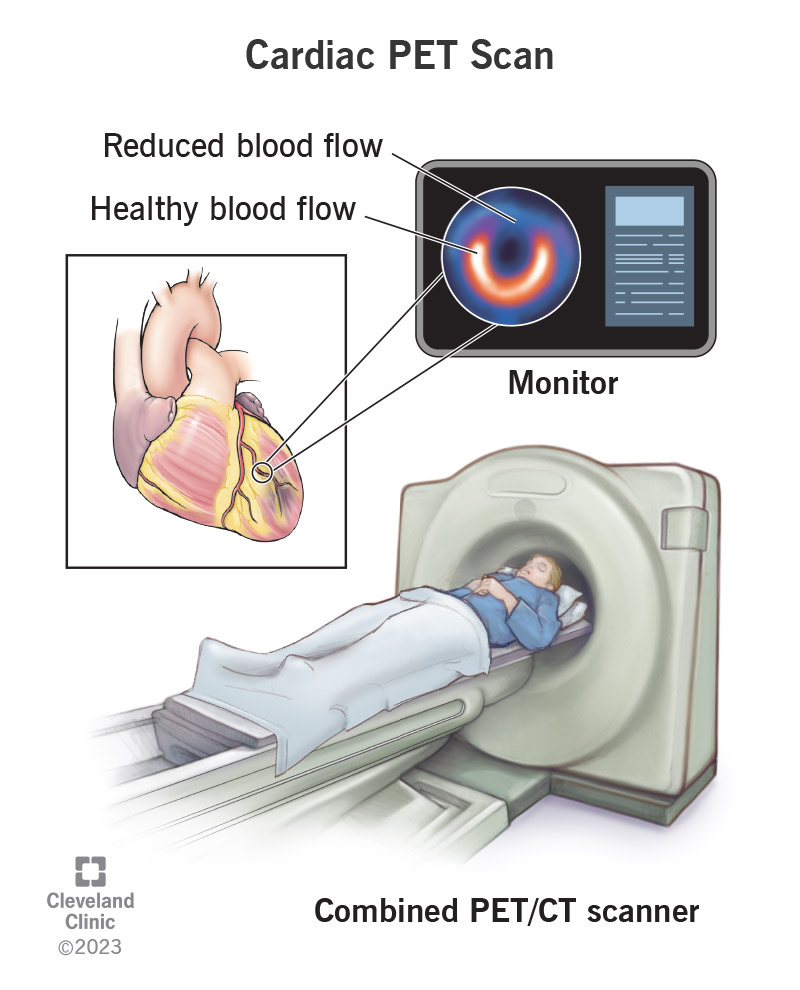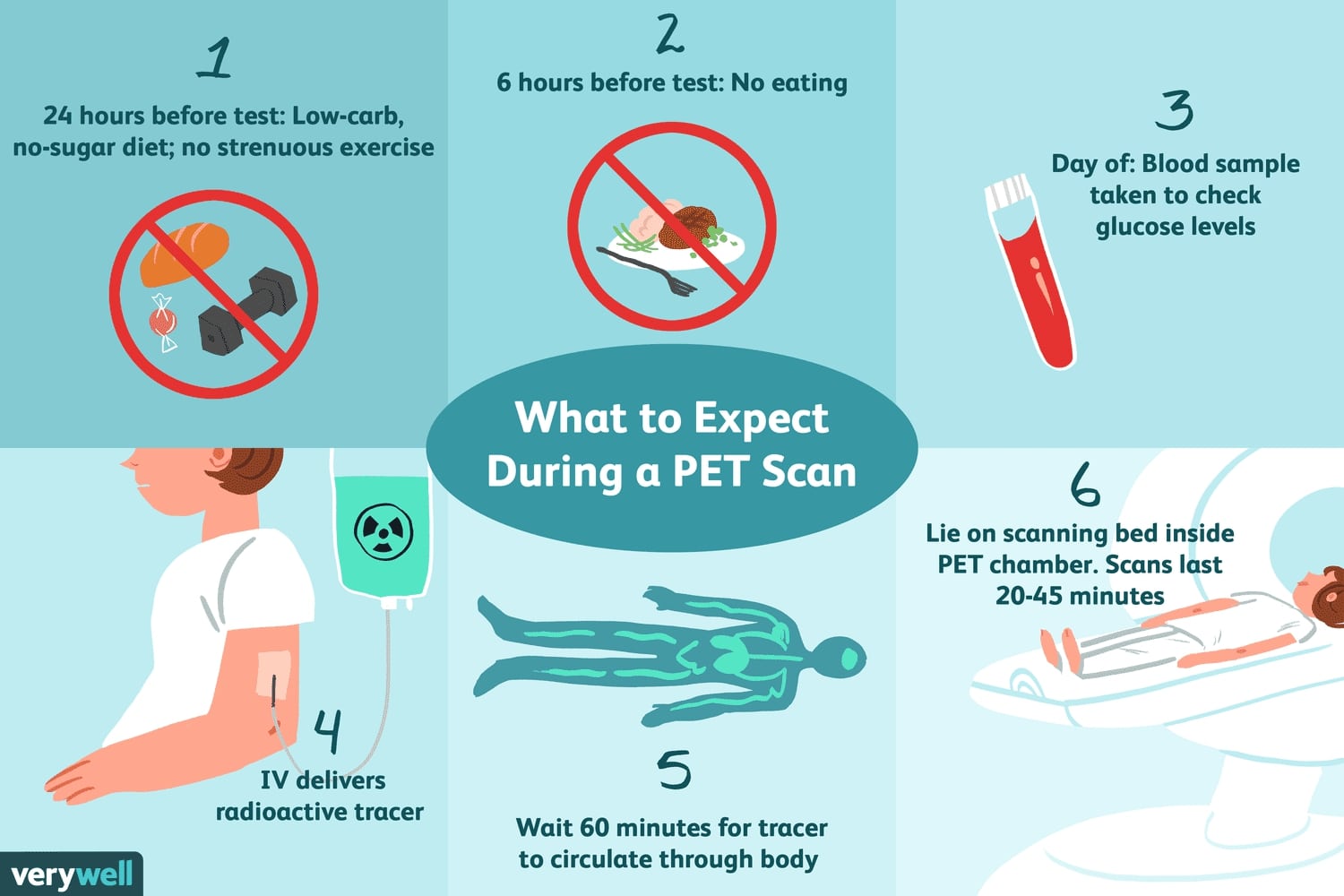Pet Scan How Does It Work: Unveiling Medical Mysteries

Pet Scan How Does It Work? A PET scan is a medical imaging test. It helps doctors see how organs and tissues in the body work.
Understanding how a PET scan works can make a big difference in healthcare. This test uses a small amount of radioactive material to show active processes in the body. Unlike other imaging tests, a PET scan focuses on metabolic activity.
This means it can detect diseases like cancer sooner than other approaches. Many folks may be wondering what happens during a PET scan. Understanding the steps necessary might alleviate anxiety. Understanding the procedure is vital for feeling more at ease. This blog will describe how a PET scan works and what you should expect throughout the procedure.

Pet Scan How Does It Work
Credit: m.youtube.com
Introduction To Pet Scans
PET scans are specialised testing. They help doctors view inside the body. The first PET scans were conducted in the 1970s. It investigated the function of cells using cutting-edge technology.
Over the years, PET scans improved. They now help find cancer and other diseases. They show how well organs are working. This helps doctors make better choices.
Today, PET scans are common in hospitals. They are an important tool in modern medicine. Doctors use them to check for problems early on. This can save lives.
Fundamentals Of Pet Technology
The PET scan is a special imaging test. It helps doctors see how the body works. This scan uses radioactive tracers. These tracers are tiny amounts of radioactive material. They show up on the scan. Doctors can see where the material goes in the body.
Radioactive tracers are injected into the patient. They travel through the bloodstream. As they move, they give off energy. The PET scanner detects this energy. It creates pictures of the organs and tissues.
This process helps find problems. It can show cancers, heart issues, and brain disorders. Early detection is important. It can lead to better treatment options.
Understanding the PET scan process is key. It helps patients feel more comfortable. Knowledge about how it works makes the experience easier.
Preparing For A Pet Scan
Preparing for a PET scan is important. Follow these diet and medication guidelines.
- Eat a light meal before the scan.
- Avoid carbs and sugars for 24 hours.
- Drink water to stay hydrated.
- Do not eat or drink anything for 6 hours before.
- Tell your doctor about any medications you take.
- Some medications may need to be stopped.
Follow these rules for the best results. Doing so helps the scan work well. Always ask your doctor if unsure.
During The Pet Scan
During the PET scan, patients lie on a table. This table moves into a large machine. The machine takes pictures of the body.
Expect to feel relaxed and calm. The scan usually takes about 30 minutes. Some people may feel warm from the injected material.
Patient safety is very important. The staff will explain everything. They will answer any questions.
If you are pregnant or breastfeeding, tell the staff. They will take special care. Always inform them about allergies too.
Post-scan Procedures
After a PET scan, follow some simple steps. First, drink plenty of water. This helps clear the radioactive material from your body.
Wait for your doctor to explain the results. Sometimes, this takes a few days. Be patient during this time.
Results show how your organs and tissues are working. They help doctors find problems like tumours or infections. Understanding these results is important for your health.
Ask your doctor any questions you have. They can help explain what the results mean. Clear communication is key to your care.
Clinical Applications Of Pet Scans
PET scans are important for cancer detection. They show how the body uses sugar. Cancer cells often use more sugar than normal cells. This helps doctors find and monitor tumours.
For cardiac imaging, PET scans help check heart health. They show blood flow to the heart. This helps doctors see if the heart is working well.
In brain imaging, PET scans help spot brain diseases. They can find conditions like Alzheimer’s and other problems. This helps in planning the right treatment.
Advancements In Pet Imaging
New ideas in tracer development help improve PET scans. Tracers are special substances. They show how organs and tissues work. Recent advances make tracers more effective.
Hybrid imaging techniques combine PET with other methods. This improves the quality of images. It helps doctors see problems clearly. Both PET and CT scans work together. This gives better information for diagnoses.
| Technique | Benefits |
|---|---|
| PET-CT | Clearer images and better diagnosis. |
| PET-MRI | More detail in soft tissues. |

Pet Scan How Does It Work
Credit: my.clevelandclinic.org
Challenges And Considerations
Limitations of PET scans include limited resolution and exposure to radiation. They can miss small tumours. PET scans are less effective for certain brain disorders. They also depend on patient movement during the scan.
Costs can be high. Not all places have PET scan machines. Availability can be a problem, especially in rural areas.
The future of PET imaging looks promising. New technology may improve accuracy and speed. Scientists are working on better tracers. This will help find diseases earlier.
Combining PET with other imaging methods can provide more information. This may lead to better diagnoses and treatment plans.

Pet Scan How Does It Work
Credit: www.verywellhealth.com
Frequently Asked Questions
What Is A Pet Scan Used For?
A PET scan is used to detect cancer, evaluate brain disorders, and assess heart conditions. It helps doctors visualise metabolic activity in tissues. This imaging technique provides crucial information for diagnosis and treatment planning. It can also monitor the effectiveness of ongoing therapies.
How Does A Pet Scan Work?
A PET scan works by injecting a small amount of radioactive material into the body. This material emits positrons, which are detected by the scanner. The scanner creates detailed images of metabolic activity in various organs. These images help identify abnormalities and aid in diagnosis.
Is a pet scan safe?
Yes, PET scans are generally considered safe. The radioactive substance utilised has a very low dose. The risks are modest; however, some people may develop allergic responses. Always address any concerns with your healthcare professional prior to the operation.
How long does a pet scan take?
A PET scan usually lasts 30 minutes to an hour. This covers prep, tracer injection, and scanning time. Patients frequently wait about an hour after the tracer injection to acquire the best imaging results. Total time may vary depending on the facility and method.
Conclusion
Understanding how a PET scan works helps demystify this important tool. It shows how our body uses energy. This scan plays a crucial role in diagnosing diseases. It also helps doctors see how well treatments work. Knowing what to expect can ease anxiety for patients.
Regular communication with healthcare providers is essential. They can answer enquiries and offer help.Overall, PET scans are useful in modern medicine. Their capacity to deliver clear pictures helps make better health decisions. Staying informed empowers patients throughout their health journey.






